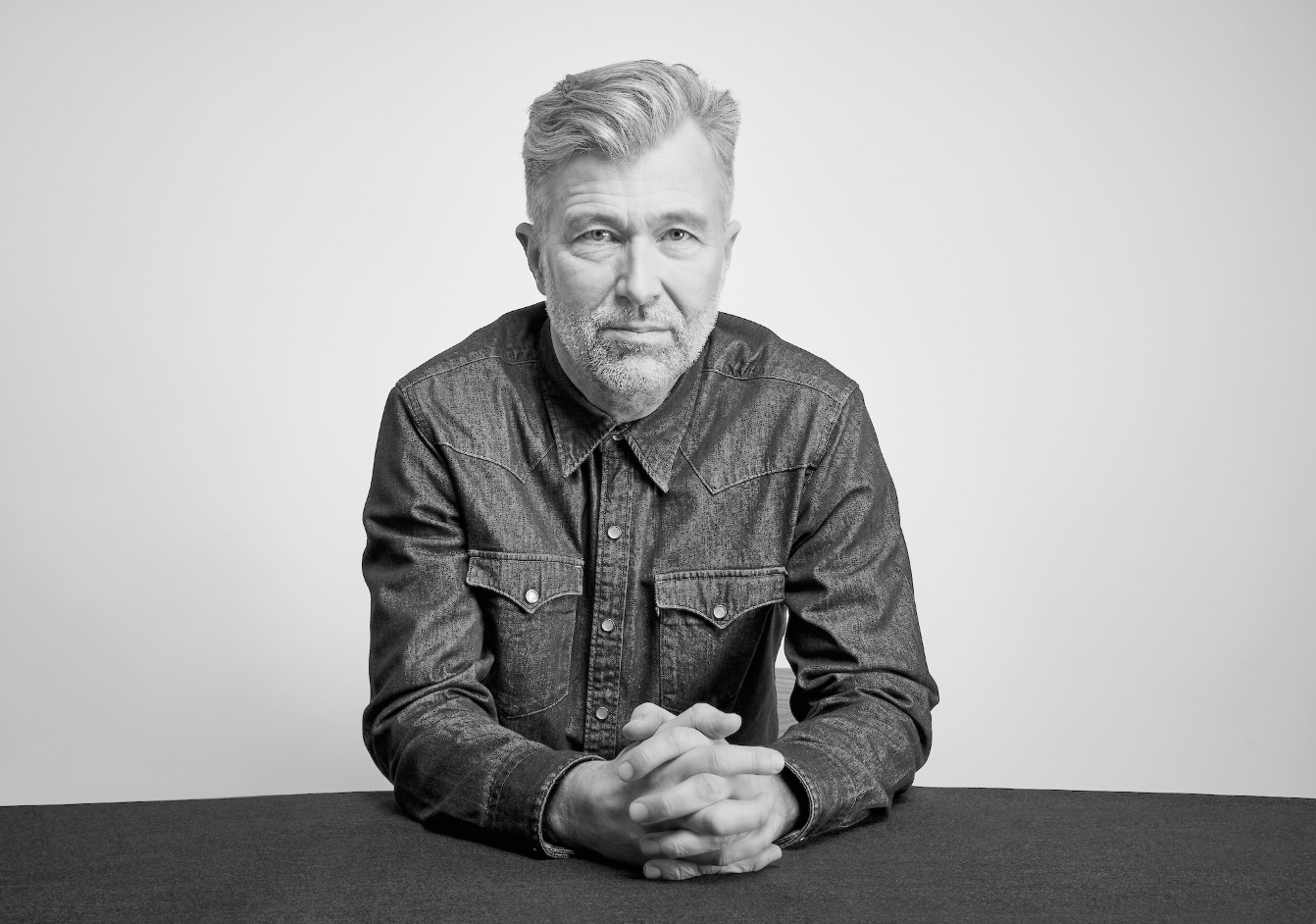tp bennett designs a fresh new spot for Aviva at EightyFen
A transparent, community-focused office design represents a milestone in the organisation's commitment to creating positive workspaces.
“By designing the workspace with just the pandemic in mind – separated and isolated – we lose the magic that precipitates the creative spark which often comes from the energy of being in the same room.”
4 min read

Photograph: Mark Cocksedge
The pandemic has dramatically altered our daily lives with a swiftness and ferocity not seen before in many of our lifetimes. It has changed the way we travel, shop, congregate and work. With most of today’s workforce meeting in a virtual world, it has raised fundamental questions about our current working practices and what we think we need in a workplace.
In the last 10 years, there has been an evolution in workplace design and what the ‘modern office’ entails. Beyond the raw functionality of workspace planning, there has been a drive to create a more integrated space where people can collaborate, exchange ideas and be together – a space with people at the heart of it rather than crude efficiency metrics. We think efficiency is simply a part of good company culture. And workplace design is a part of nurturing this company culture. Beyond pragmatics and mechanics, it is about generating a space where people get the best out of each other.
The pandemic has profoundly disrupted our ways of working. While the precursory glance suggests that the ‘new norm’ is working, upon closer inspection, the lack of physical interaction hinders true collaboration and, moreover, creativity.
By designing the workspace with just the pandemic in mind – separated and isolated – we lose the magic that precipitates the creative spark, which oftentimes comes from the energy of being in the same room. No longer can we witness the moments before, after and during that inform mood, allow understanding and create camaraderie. While safety measures must be observed, we must also design workspaces that can allow for the quick-fire spark of creativity and collision of ideas that come from occupying the same space and time, without the awkward disruptions or glitches of technology.

Pearson Lloyd, image courtesy of Andrea Hirsch
The perfect solution is elusive, but black swan events have a tendency to birth innovations. Before the pandemic, offices were deemed critical to a company’s productivity, culture, and even procuring the best talent. Now, the centralised office is being questioned and those pre-pandemic preconceptions challenged. How we divide, focus, share and facilitate space will become essential not only to the health of the worker but, more importantly, to the health of the business. Companies now need to figure out how to share space in a socially distanced world, with different teams, at different times.
For Pearson Lloyd, the design for our new studio is a more adaptive space where we can build ‘team bubbles’ that allow for connectivity but reduce unnecessary exposure to other teams. As a creative studio, these spaces need to be adaptable, with moveable furniture that can flex with the way we build our teams. In other words, furniture that adapts to the team, not the team adjusting to furniture.
We think the new office space will be a more flexible one where digital and physical are intertwined. As such, the furniture will need to be much more fluid to meet the needs of the people. While we may only have 50% occupation at any one time for the time being, we can ensure 100% involvement. Virtual working might be here to stay, but it is our long-held belief that offices should not be seen as an avenue for cost savings, but a strategic tool for growth and collaboration.
Earlier we mentioned how efficiency is simply a part of good company culture. And company culture is instilled from the top. Because of the nature of the pandemic, we are reminded of our shared humanity. As leaders, we must lead with more humanity now than ever and we must protect our values, which in turn create our culture. As such, leaders must create effective working environments, which provide a tight correlation between personal interactions, performance, and innovation. The modern office should be designed to maximise chance encounters and the pandemic should not steal from that focus. In the short-term, band-aid solutions may be necessary, but we must not lose sight of the ecological concerns, which are as important a long-term goal as making safe space is for the short-term. Incorporating sustainability and thinking about how office spaces can become more efficient through the use of materials, energy, and correspond with the ecosystem at large should also be at the front of minds for business leaders.
Before lockdown, innocent eavesdropping at work was both socially informative and formed an essential component of ambient project management; that has now been replaced by unproductive small talk as colleagues negotiate with virtual meeting software. Our workspaces have indeed changed, we must keep in mind the importance of culture, leadership and space – and how they are all intertwined.
As we plan to move into our new studio in September, we are reflecting on this new world, shifted on its axis, upended in its madness, that has created a new lens through which we explore the fundamental question of what the office is for, and how to make it work best.
Inspiration for your next read
In our recurring series, we highlight the most valuable lessons learnt from a life in industry.
Part our future-facing Fast Forward series, the Danish designer discusses material innovation and a 'co-species' approach to production.
The next generation of creative talent on radical ideas, lessons learnt and tomorrow’s design landscape.